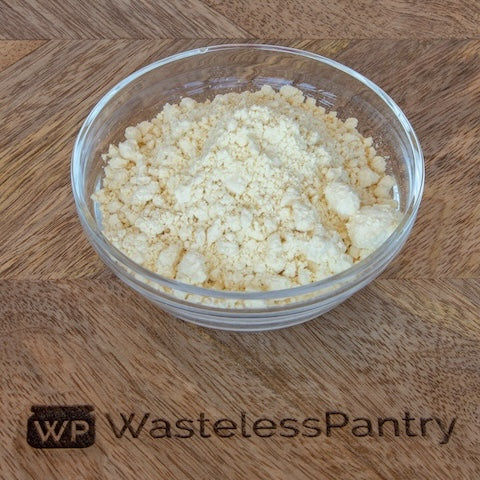The Role of Besan Gram in Traditional and Modern Cuisine
- Shopbassendean Wastelesspantry
- Aug 22
- 2 min read

Besan, or chickpea flour, or gram flour, is a famous component that has been very useful in the kitchen over the centuries. Besan gram is produced from ground chickpeas, which have a very strong nutritional value and are extremely popular due to their taste and variety. Besan straddles the divide between tradition and novelty, as evident in classic creations passed down between the generations and new-fangled experimentation in the culinary arts.
A Staple in Traditional Cuisine
Besan has played a big role in our traditional Indian kitchen, and it has created some great savory and sweet foods. It is the binding ingredient of iconic foods like pakoras, dhokla, khandvi and kadhi. It matches spices well, and its earthiness in turn makes it very comfy and satiating. Although its greatest consumption is limited to India, gram flour is also found in Middle Eastern and Mediterranean cuisine, like falafel and socca, which are testaments of its international culinary importance.
Role in Modern Cuisine
The popularity of fusion food and alternative flour led to the besan entering the contemporary kitchen across the planet. Nowadays, it is being used by modern cooks to make gluten free breads, wraps and pancakes. In veganic recipes, eggs are commonly replaced by besan on the basis of its superb binding qualities. Besan products, like trendy snacks like chicken flour chips and healthful energy bars, also reflect the newfound interest in the food among modern-day consumers.
Besan in Street Food and Everyday Meals
It is present in an understated format in the form of roadside crafters frying up crispy pakoras the homemade chillas as a breakfast item. It is affordable and versatile, and hence accessible to everyone, not to mention that it tastes good and comforts. Although new products and ingredients are coming into picture, besan has managed to remain relevant in both the traditional and modern food trends.
Besan in Skincare and Ayurveda
Outside of the kitchen, however, the use of besan in old-time skincare has been prevalent. In Ayurveda, it is appreciated because of its cleaning and polishing qualities. Face packs prepared at home with besan are still commonly used for skin glowing, acne, and tan removal recipes. This double use in both aspects, beauty and health, further makes it very significant in the olden times of life.
Sustainable and Eco-friendly Option
With the world shifting into more sustainable eating, besan can accommodate a more eco friendly food diet. Besan flour is a more environmentally friendly flour option to use because chickpeas take fewer resources to grow than many grains do. It can be flexibly applied to plant-based recipes, which work with the trend of sustainable food systems.
Conclusion
Besan gram flour is not only an ingredient, but a way to be connected with the old cultures and dietary advancements. It will retain the originality of old-fashioned receipts, as well as easily meet the requirements of a new cookery. In a bowl of hot kadhi, a vegan pancake, or even a skincare ritual, besan has managed to establish its evergreen presence in all our kitchens and homes around the world.